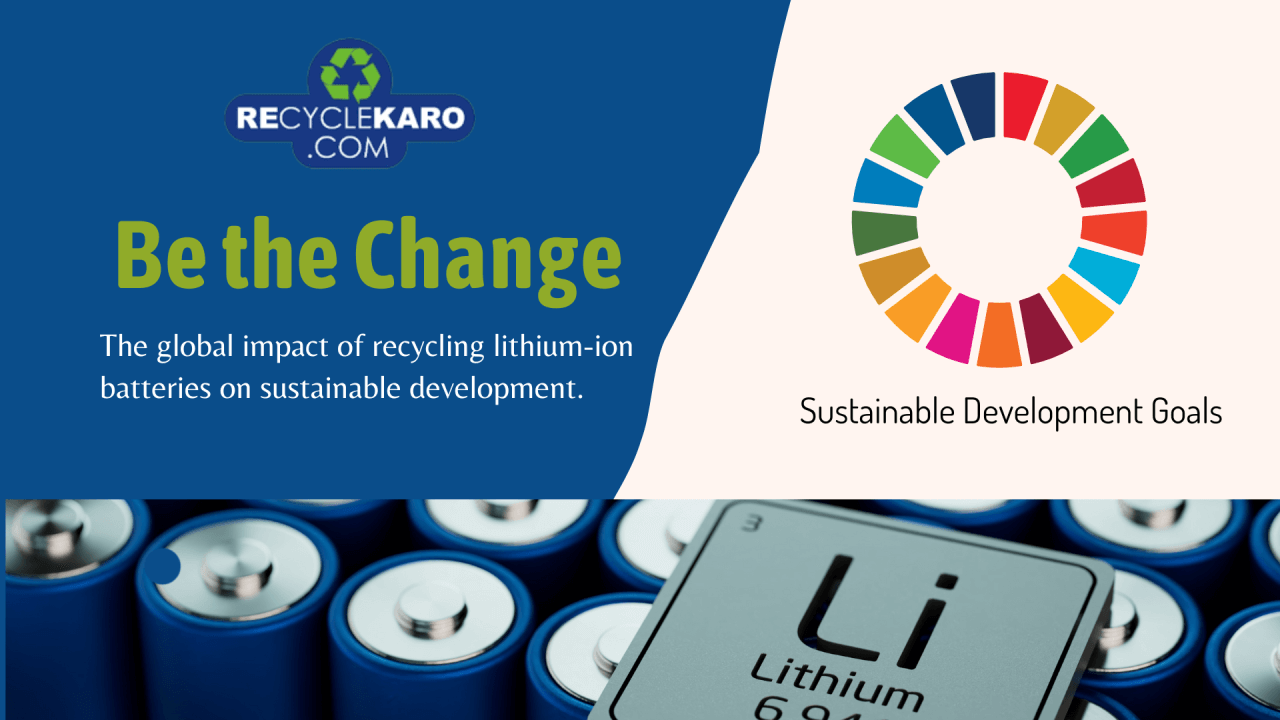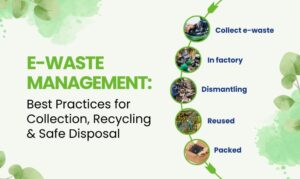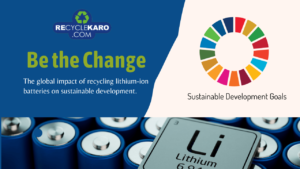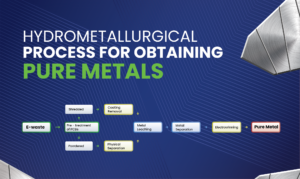Difference between Lead-Acid Batteries and Lithium-Ion Batteries

The choice of battery technology is crucial in various applications, from electric vehicles to renewable energy storage. Among the most commonly used battery types are lead-acid batteries and lithium-ion batteries. Each has its unique characteristics, advantages, and disadvantages that make them suitable for different applications.
This blog will explore the differences between lead-acid and lithium-ion batteries in detail, examining their chemistry, performance, lifespan, cost, environmental impact, and more.
What Are Lead-Acid Batteries?
Lead-acid batteries were invented in 1859 by French engineer Gaston Planté and are one of the oldest types of rechargeable batteries. They consist of lead dioxide (PbO2) as the positive plate, sponge lead (Pb) as the negative plate, and a dilute sulfuric acid (H2SO4) solution as the electrolyte.
Key Characteristics
- Chemistry: The chemical reaction during discharge involves lead dioxide reacting with sponge lead in the presence of sulfuric acid to produce lead sulfate (PbSO4) and water.
- Voltage: A standard lead-acid cell produces about 2 volts.
- Capacity: Typically available in various capacities ranging from a few amp-hours (Ah) to several hundred Ah.
Applications
Lead-acid batteries are widely used in various applications, including:
- Automotive batteries for starting, lighting, and ignition (SLI).
- Backup power supplies for uninterruptible power supplies (UPS).
- Energy storage systems for renewable energy sources like solar panels.
What Are Lithium-Ion Batteries?
Lithium-ion batteries were developed in the 1980s and have become the dominant technology for portable electronics and electric vehicles. These batteries use lithium ions as the primary charge carriers and consist of a cathode (usually made from lithium metal oxide), an anode (typically graphite), and an electrolyte that allows lithium ions to move between the electrodes.
Key Characteristics
- Chemistry: The chemical reaction involves lithium ions moving from the anode to the cathode during discharge and back during charging.
- Voltage: A typical lithium-ion cell produces about 3.6 to 3.7 volts.
- Capacity: Available in a wide range of capacities, often exceeding those of lead-acid batteries.
Applications
- Lithium-ion batteries are used in various applications, including:
- Renewable energy storage systems.
- Consumer electronics such as smartphones, laptops, and tablets.
- Electric vehicles (EVs) and hybrid electric vehicles (HEVs).
Key Differences Between Lead Acid Batteries and Lithium-Ion Batteries
| Lead-Acid Batteries | Lithium-Ion Batteries | |
| Energy Density | Lead-acid batteries have a lower energy density compared to lithium-ion batteries. Typically, they offer around 30-50 Wh/kg. This means they require more space and weight to store the same amount of energy. | Lithium-ion batteries boast a higher energy density, typically ranging from 150 to 250 Wh/kg. This allows them to store more energy in a smaller and lighter package, making them ideal for portable devices and electric vehicles. |
| Cycle Life | The cycle life of lead-acid batteries is relatively short, typically ranging from 500 to 1,000 cycles depending on usage conditions and depth of discharge. Frequent deep discharges can significantly reduce their lifespan. | Lithium-ion batteries have a longer cycle life, often exceeding 2,000 cycles under optimal conditions. They can handle deeper discharges without significant degradation in performance. |
| Charging Time | Charging lead-acid batteries can take several hours due to their lower efficiency and longer charging times. They generally require a constant current/constant voltage (CC/CV) charging method. | Lithium batteries have a longer cycle life, often exceeding 2,000 cycles under optimal conditions. They can handle deeper discharges without significant degradation in performance. |
| Weight and Size | Due to their lower energy density, lead-acid batteries are heavier and bulkier than lithium-ion counterparts for equivalent energy storage capacities. This makes them less suitable for applications where weight is a critical factor. | Lithium-ion batteries are significantly lighter and more compact due to their higher energy density. This characteristic is particularly advantageous in portable electronics and electric vehicles where space is limited. |
| Self-Discharge Rate | Lead-acid batteries have a higher self-discharge rate compared to lithium-ion batteries, losing about 5-10% of their charge per month when not in use. | Lithium-ion batteries exhibit a lower self-discharge rate of approximately 1-3% per month, allowing them to retain their charge longer when not actively used. |
| Cost | Lead-acid batteries are generally less expensive upfront than lithium-ion batteries. However, their shorter lifespan and lower efficiency can result in higher total cost of ownership over time. | Although lithium-ion batteries have a higher initial cost, their longer lifespan and greater efficiency can make them more cost-effective in the long run for many applications. |
| Environmental Impact | While lead-acid batteries can be recycled effectively (up to 99%), improper disposal can lead to environmental contamination due to toxic lead and sulfuric acid. | The recycling process for lithium-ion batteries is more complex but is improving with advancements in technology. Concerns exist about the environmental impact of mining lithium and other materials used in these batteries; however, efforts are underway to develop sustainable sourcing practices. |
| Temperature Tolerance | Lead-acid batteries perform poorly at extreme temperatures; high heat can cause gassing and damage while cold temperatures can reduce capacity significantly. | Lithium-ion batteries generally have better temperature tolerance but still experience performance degradation at extreme temperatures. Many modern lithium-ion systems include thermal management solutions to mitigate these effects effectively. |
| Maintenance Requirements | Lead-acid batteries require regular maintenance, including checking electrolyte levels and ensuring proper charging practices to prolong lifespan. | Lithium-ion batteries are maintenance-free under normal operating conditions; they do not require electrolyte checks or specific maintenance routines beyond standard usage guidelines. |
| Safety Considerations | While generally safe when handled correctly, lead-acid batteries can leak hazardous materials if damaged or improperly disposed of. | Lithium-ion batteries pose risks such as thermal runaway if damaged or improperly charged; however, modern designs incorporate safety features like built-in protection circuits to minimize these risks. |
Conclusion
When choosing between lead-acid and lithium-ion batteries, it is essential to consider specific application requirements such as weight constraints, cycle life expectations, charging time preferences, environmental impact concerns, and budget constraints.
While lead-acid batteries remain popular for certain applications due to their lower initial costs and established recycling methods, lithium-ion technology has emerged as the preferred choice for many modern applications due to its superior energy density, longer lifespan, faster charging capabilities, and reduced maintenance needs.
As technology continues evolving rapidly—driven by advancements in materials science—lithium-ion battery performance will likely improve further while addressing environmental concerns associated with production processes through sustainable practices that promote responsible sourcing methods alongside effective recycling initiatives aimed at minimizing waste generated throughout product lifecycles.
Ultimately understanding these differences empowers consumers—whether individuals or businesses—to make informed decisions based on their unique needs while contributing positively toward sustainable practices within our increasingly electrified world!



